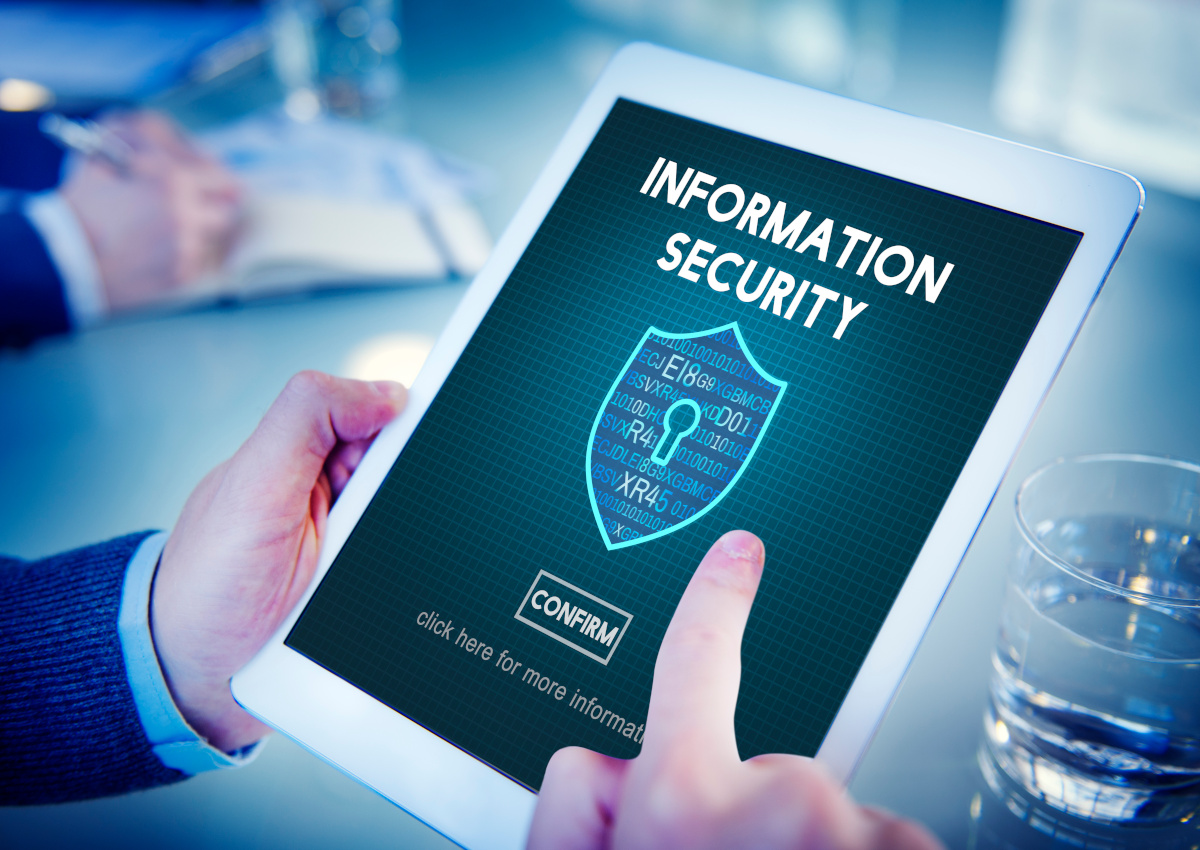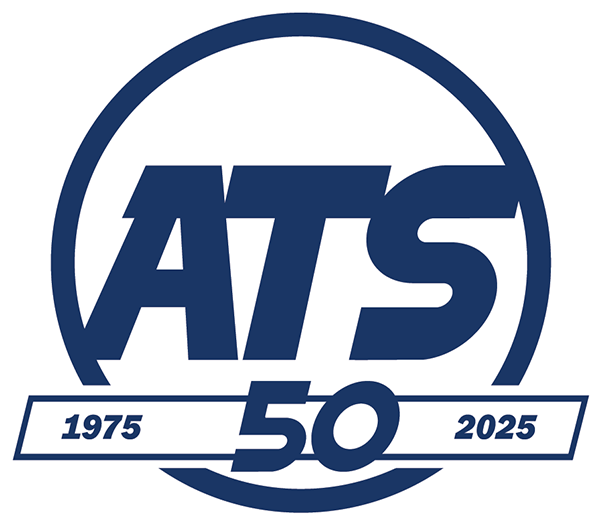Access Control: The Gatekeeper of Information Security
July 16th, 2024 by admin

At ATS, we understand that access control is a security discipline that governs the management of permissions and restrictions on accessing resources and information systems. It determines who or what can view, use, or modify resources based on predefined rules and policies.
Importance of Access Control in Information Security
Access control plays a crucial role in information security by ensuring that only authorized individuals or entities can access sensitive data, systems, and resources. It helps prevent unauthorized access, data breaches, and misuse of information, thereby protecting the confidentiality, integrity, and availability of critical assets.
Types of Access Control
- Physical Access Control
Physical access control involves measures to restrict physical access to buildings, facilities, and other physical assets.
- Locks, biometrics, and security guards: These mechanisms are used to control and monitor who can enter or exit specific areas.
- Protecting physical assets and facilities: Physical access control safeguards against theft, vandalism, and unauthorized access to sensitive areas or equipment.
- Logical Access Control
Logical access control focuses on controlling access to digital assets, such as computer systems, networks, applications, and data.
- User authentication: This involves verifying the identity of users through methods like passwords, biometrics, or security tokens.
- Authorization and permissions: Once authenticated, users are granted specific permissions and privileges based on their roles and responsibilities.
- Protecting digital assets and systems: Logical access control ensures that only authorized users can access, modify, or delete digital resources.
Access Control Models
- Discretionary Access Control (DAC)
- Owner-based access control: In DAC, the owner of a resource has the authority to grant or revoke access permissions to other users or groups.
- Advantages and disadvantages: DAC provides flexibility and granular control but can be complex to manage and prone to errors or misconfigurations.
- Mandatory Access Control (MAC)
- Policy-based access control: In MAC, access permissions are determined by predefined system-wide policies based on security labels or classifications.
- Advantages and disadvantages: MAC is highly secure and enforces strict access rules but can be restrictive and may limit user flexibility.
- Role-Based Access Control (RBAC)
- Access based on job roles: In RBAC, access permissions are granted based on the roles and responsibilities of users within an organization.
- Advantages and disadvantages: RBAC simplifies access management, supports the principle of least privilege, and enhances security, but may require careful role engineering and maintenance.
Access Control Principles
- Least Privilege
This principle states that users should be granted the minimum level of access necessary to perform their job functions, reducing the risk of unauthorized access or misuse of resources.
- Separation of Duties
This principle involves dividing critical tasks among multiple individuals or roles to prevent conflicts of interest and reduce the risk of fraud or abuse.
- Defense in Depth
Access control should be implemented as part of a multi-layered security strategy, combining physical, logical, and administrative controls to provide comprehensive protection.
- Auditing and Monitoring
Regular auditing and monitoring of access logs and activities are essential for detecting and responding to potential security incidents or policy violations.
Access Control Technologies
- Authentication Mechanisms
- Passwords: One of the most common authentication methods, passwords should be strong, complex, and regularly changed.
- Biometrics: Biometric authentication uses unique physical or behavioral characteristics, such as fingerprints, facial recognition, or voice patterns.
- Two-factor/Multi-factor authentication: This approach combines multiple authentication factors (e.g., something you know, something you have, something you are) for enhanced security.
- Authorization Mechanisms
- Access Control Lists (ACLs): ACLs specify which users or groups are allowed or denied access to specific resources.
- Role-based Access Control (RBAC): RBAC assigns permissions based on predefined roles within the organization.
- Attribute-based Access Control (ABAC): ABAC grants access based on dynamic attributes and policies, providing more flexibility and context-aware access decisions.
Best Practices for Access Control
- Implement Least Privilege
Adhere to the principle of least privilege by granting users only the minimum access required to perform their duties, reducing the risk of unauthorized access or data misuse.
- Use Strong Authentication
Implement strong authentication mechanisms, such as multi-factor authentication, to protect against unauthorized access and account compromises.
- Regularly Review and Update Access Rights
Periodically review and update access rights to ensure they align with user roles and responsibilities, and promptly revoke access for terminated or transferred employees.
- Implement Logging and Monitoring
Implement logging and monitoring mechanisms to track and audit user activities, detect potential security incidents, and facilitate incident response and forensic investigations.
- Educate Users on Access Control Policies
Provide regular training and awareness programs to ensure users understand and comply with access control policies and procedures, reducing the risk of accidental or intentional policy violations.
Challenges and Future Trends
- Cloud Computing and Access Control
As organizations increasingly adopt cloud services, access control mechanisms must adapt to secure access to cloud-based resources and ensure compliance with regulatory requirements.
- Internet of Things (IoT) and Access Control
The proliferation of IoT devices introduces new challenges in managing access control for these often resource-constrained and distributed devices, requiring secure authentication and authorization mechanisms.
- Emerging Technologies (e.g., Zero Trust, Continuous Authentication)
New technologies, such as Zero Trust security models and continuous authentication, aim to provide more robust and adaptive access control solutions by continuously verifying user identities and context.
Access control is a fundamental aspect of information security, governing who or what can access resources and systems. By implementing appropriate access control measures, organizations can protect their critical assets, maintain data confidentiality and integrity, and comply with regulatory requirements.
Access control should be an integral part of an organization's overall security strategy, working in conjunction with other security controls and following industry best practices. Effective access control helps mitigate risks, prevent unauthorized access, and protect sensitive information from potential threats.
Take Control of Your Security with ATS Advanced Access Control Solutions. Protect Your Premises, Assets, and People with Our Cutting-Edge Access Control Systems.
Posted in: Security, Infrastructure and Cabling

